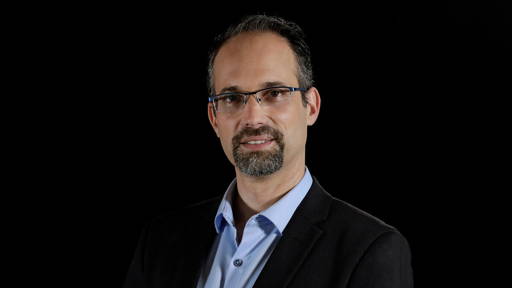Digitalization and behavioural psychology
Healthcare has its early innovators, actively shaping their innovation strategy, and late followers, who cautiously approach digitalization and are the last to implement IT tools or do so only when legislation, payer, or patients require it.
When opinions on the same technology are extreme and emotions rule the discussion, the reason is not an objective factor, such as the functionality of an IT system or its ease of use, but cognitive biases. Awareness that they occur can help us improve the decision-making process and avoid the mechanisms of bias.
How does it work?
The availability heuristic is a simplified evaluation method derived from the belief that the more readily recalled – and emotionally charged events – are also more likely. For example, people who have been robbed tend to overestimate the probability of being robbed in the future. By analogy, managers and employees who have had a negative experience with electronic medical records and IT systems recall their emotions associated with that event whenever a new IT system or a new feature is planned. It is true regardless of the features and quality of the solution in question. This principle works both ways.
But it is often the case that the opinion on technology does not result directly from one's own experiences—people used to inherit opinions from those in the ecosystem they work or live in.
Why does it matter?
Being aware of psychological phenomena can help make better strategic decisions. When it is necessary to decide on essential matters, impulsive actions based on emotions and personal beliefs can lead to mistakes. An example is confirmation bias, which is the tendency to select information that confirms one's prior hypothesis.
In this case, the advice from Nobel Prize laureate and economist Daniel Kahnemann is to use deep and logical thinking (slow thinking) based on numbers and facts. He suggests implementing decision-making hygiene that helps avoid the impact of factors that should not matter and can lead to wrong decisions.
Digitalization is often associated with emotions – both the bad feelings when investment in IT fails, which leads to stress and rising costs, and good ones when everything works well from scratch.
What are the takeaways?
Whenever strategic decisions are made, impulsive thinking should be replaced by objective analysis of the situation. For example, replacing, extending or updating the IT infrastructure is a decision with long-term consequences on many aspects of the healthcare facility: quality of care, patient outcomes, work culture, workers satisfaction, workflows, liquidity, etc.
How to make better strategic decisions then? For sure, not alone. To avoid any kind of bias, external experts, mixed teams, management tools such as a cost-benefit analysis, clear goals, and benchmarking are among the most efficient means. In addition, managers should develop worst-case scenarios to manage the risks instead of avoiding them (and every change bring hazards).
Intuition can be deceptive since it's rooted in experiences made in a small ecosystem. Daniel Kahneman says that "intuition is thinking that you know without knowing why you do." It gives us confidence in our decision-making; trouble is confidence is no predictor of accuracy.








